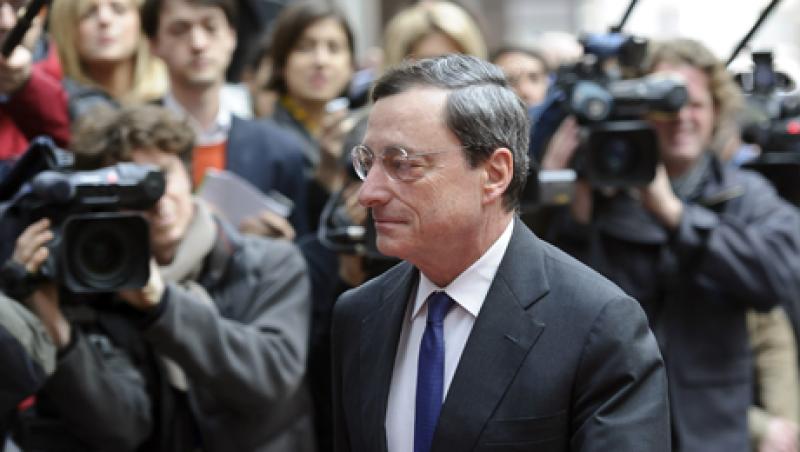
Looking to the ECB for Help on Spain
Investors in Spanish bonds have lost faith in Prime Minister Mariano Rajoy and hope ECB head Mario Draghi will ride to the rescue.
David Turner
April 17, 2012


